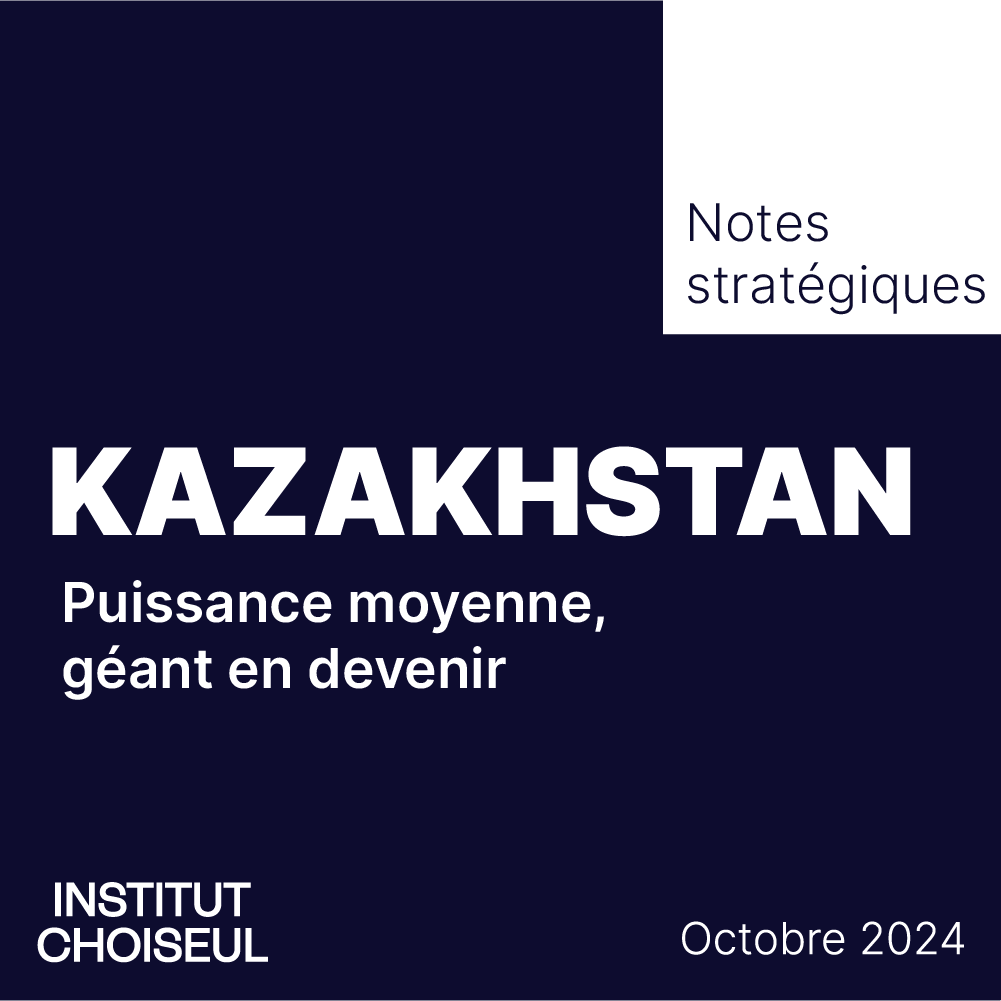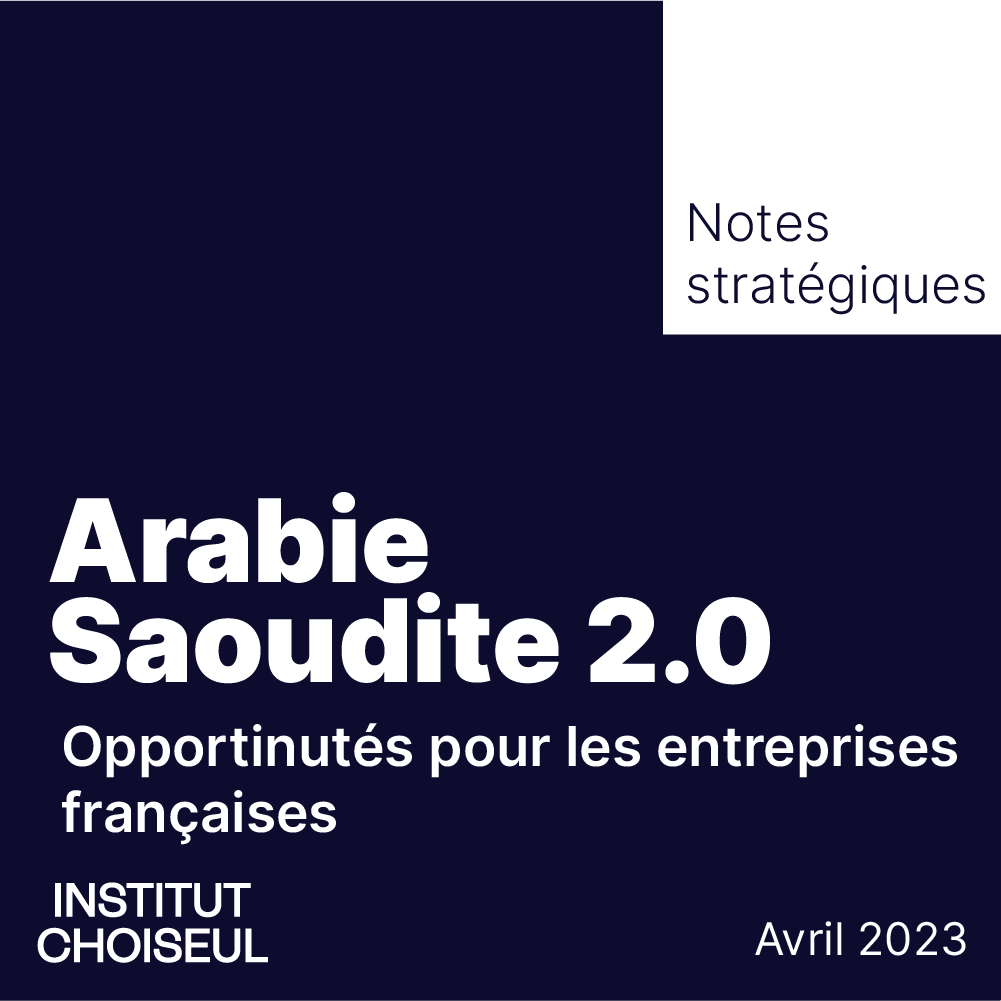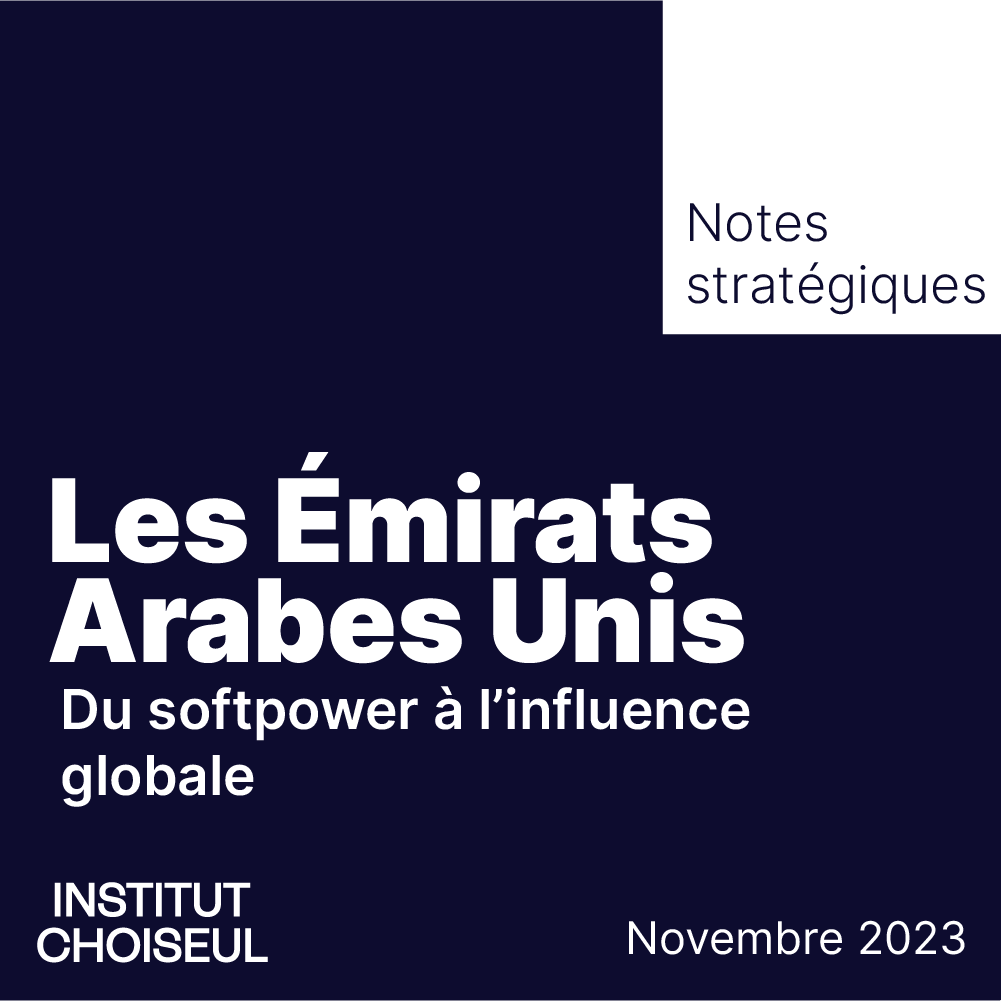
Saudi Arabia 2.0
Télécharger le document (pdf, 487 Ko)
Saudi Arabia is undergoing a transformation of unprecedented scale, driven by Vision 2030. Behind this spectacular modernisation lies a profound redefinition of its economic, diplomatic, and societal model. A strategic repositioning that places Riyadh at the heart of 21st-century power dynamics.
From oil rents to modernised state capitalism
Since the launch of Vision 2030 in 2016, the Kingdom has embarked on an accelerated diversification of its economy, aiming to reduce its dependence on oil. This strategy rests on several pillars: developing the private sector, opening up to foreign investment, moving up the technological value chain, and creating new industries (tourism, culture, sport, health, green energy).
The spearhead of this transformation is the Public Investment Fund (PIF), with assets of more than $700 billion. It enables Riyadh to take substantial stakes in future-oriented sectors—particularly infrastructure, technology, and clean energy—while supporting flagship projects such as NEOM and The Line.
This policy of transformation is also underpinned by reforms in administration, education, and the labour market, with the ambition of aligning local skills with the needs of the new Saudi economy. Women’s participation is being strengthened, and the youth are at the core of this momentum.
However, this change comes with reinforced political control, centred on Crown Prince Mohammed bin Salman (MBS). The state remains both the architect and regulator of the transformation, within a model of assumed authoritarian capitalism.
Diplomacy of influence in pursuit of strategic autonomy
On the international stage, Saudi Arabia is adopting a more independent, autonomous, and multipolar posture. The Kingdom is strengthening relations with China—particularly in hydrocarbons, civil nuclear energy, and 5G—while maintaining its ties with the United States, its historic partner and security guarantor.
This balancing diplomacy is also embodied in Riyadh’s renewed regional presence: mediation with Iran, dialogue with Israel, and a growing role in climate negotiations and energy markets. Saudi Arabia aspires to be both a Middle Eastern leader and a global hub, at the crossroads of Europe, Africa, and Asia.
In terms of soft power, the Kingdom is multiplying initiatives: hosting major cultural and sporting events, opening up to tourism, and investing in cultural patronage. The objective is clear: to reshape the country’s image, breaking away from entrenched perceptions of the past.
Yet, important questions remain: what balance can be struck between economic openness and political control? What role for civil society in a rapidly transforming state? And how coherent is the Kingdom’s oil strategy with the broader global energy transition?
A power in transition: between ambition and ambiguity
Saudi Arabia 2.0 embodies a clear ambition: to become a central regional power, economically diversified, diplomatically agile, and culturally visible. But this transformation, driven from the top, must contend with major social, environmental, and geopolitical constraints.
For European and French partners, understanding these developments is crucial: new fields of cooperation are emerging, but so are new lines of tension. In the face of this metamorphosis, the challenge is not only to observe but to rethink a renewed strategic relationship.
